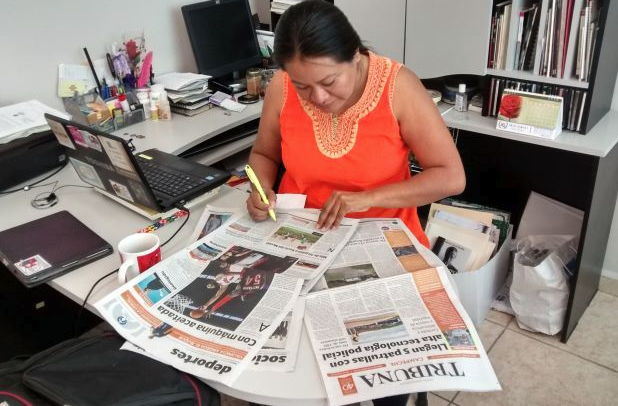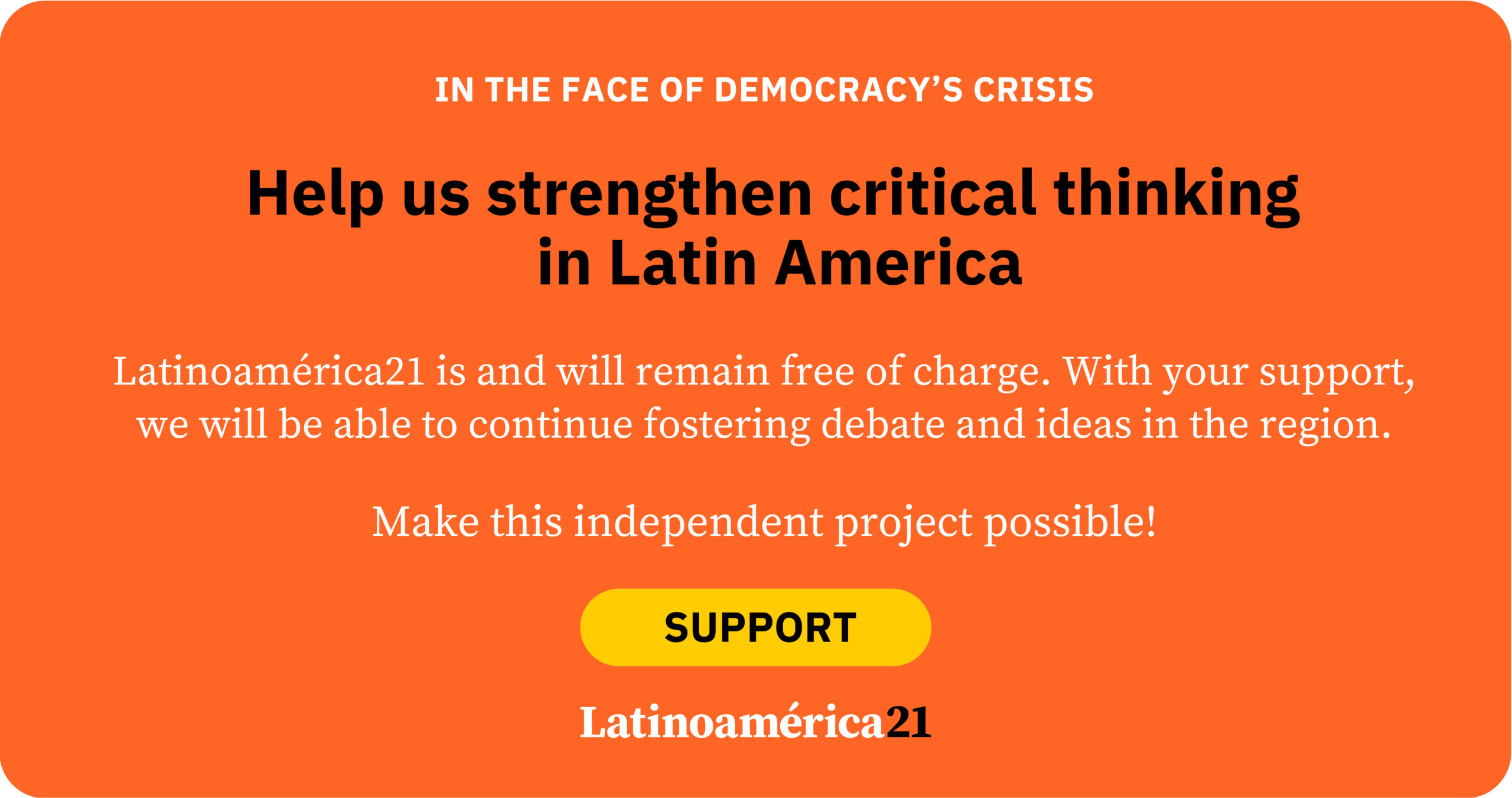The media plays a fundamental role during election campaigns, not only in transmitting information about events that occur during an electoral process but also in shaping the informational context upon which a large part of the population can make electoral decisions. This is why the analysis of media coverage of campaigns in general, and especially of the different political actors involved—whether candidates, political parties, or coalitions—is considered especially important.
Since the late 20th century in Mexico, numerous media monitoring efforts have been developed to understand the extent to which the country’s media presents fairness when covering the activities of the various actors involved in election campaigns. This demand was brought into the political arena, aiming for the electoral management body to provide this type of information. Formerly, the Federal Electoral Institute (IFE) and now the National Electoral Institute (INE) have carried out, in most of the federal elections of the 21st century, monitoring of the radio and television coverage of these processes nationwide.
This situation means that, perhaps uniquely in the world, Mexico’s General Law of Electoral Institutions and Procedures (LGIPE) mandates that the INE is responsible for monitoring and analyzing the content of broadcasts about electoral pre-campaigns and campaigns at the federal level on radio and television programs that provide news coverage. This aims to offer citizens truthful, correct, and objective information about how various radio and television programs cover candidates and the political parties and coalitions that nominate them in the different federal electoral processes, which take place every three years in the country.
During the 2023-2024 Mexican Federal Electoral Process (PEF), the INE tasked the Autonomous University of Nuevo León (UANL) with conducting media monitoring. This covered both the electoral pre-campaign, which took place from November 20, 2023, to January 18, 2024, and the electoral campaign, which ran from March 1 to May 29, 2024, for the presidential, federal deputy, and senatorial elections in Mexico. This monitoring exercise was likely one of the largest media reviews and content analyses in the world, analyzing 73 programs during the pre-campaign and 503 radio and television programs during the electoral campaign, resulting in approximately 47,522 hours monitored and 5,342 hours analyzed, during which nearly 327,000 pieces of content were identified and coded.
While academic content analyses and monitoring exercises typically focus on news segments or newscasts, the monitoring mandated by law to the INE and carried out by UANL in its latest edition included not only the analysis of news programs but also entertainment and variety shows, as well as debate, opinion, and analysis programs, where it was considered that electoral information could be transmitted to the public. To achieve this, a methodology was employed with 13 variables, covering aspects such as the time devoted to different political actors, the tone used to convey information about these actors, and the presence of gender stereotypes and discrimination when discussing various candidates. These variables allowed for a broad analysis of the coverage and treatment provided by the media during the electoral processes.
This effort was supported by a team of around 140 people, including monitors and members of the supervision, review, and coordination teams, who made the 2023-2024 PEF media monitoring in Mexico possible. The results, which can be accessed weekly, allowed for tracking how the coverage of different political actors evolved throughout the pre-campaign and campaign. The variables related to gender and non-discrimination also revealed the extent to which radio and television used inclusive, non-discriminatory, non-sexist, non-homophobic, or non-stereotyped language when presenting the various candidates, both at the presidential level and for federal deputy and senate positions.
Additionally, this monitoring provided academically relevant variables, such as the topics discussed when informing about these political actors, mentions of violent acts against candidates, and the recording of instances when the media condemned these aggressions or threats within the context of the electoral processes.
There is no doubt that political parties have traditionally shown interest in the results of these monitoring efforts, as they help determine to what extent the media is more or less objective in offering coverage of the different political options in the elections—in other words, whether an equitable portrayal of the various political actors is presented. However, the monitoring results are also relevant to professional media practice. The longitudinal perspective and comparison with previous monitoring efforts help to understand how media professionals present campaign information and to what extent editorial processes create frameworks for understanding not only the PEF but also the actors involved.
Given the significant implications this monitoring can have for the professional development of journalism, it is conducted with respect for freedom of expression and freedom of the press, which should prevail in democratic regimes. This is why certain variables, such as assessments or the process of stereotyping, are not analyzed in opinion, debate, entertainment, and variety programs; rather, the analysis of editorial processes focuses exclusively on the informational content of radio and television newscasts.
Finally, this news monitoring and analysis exercise aims to impact society itself, offering citizens accurate, up-to-date, objective, and rigorous information about the role the media plays daily in the development of our democracies. As previously mentioned, the media are crucial actors in shaping public opinion by establishing frameworks for understanding social reality, that is, conveying published opinions that are among the main factors in shaping citizens’ views on the political and social issues surrounding them.
Therefore, it is to be hoped that citizens will make optimal use of this monitoring exercise, becoming familiar with how different programs, media, and communication groups carried out electoral coverage; if they do, the monitoring will have fulfilled its mission of providing essential information for decision-making.













